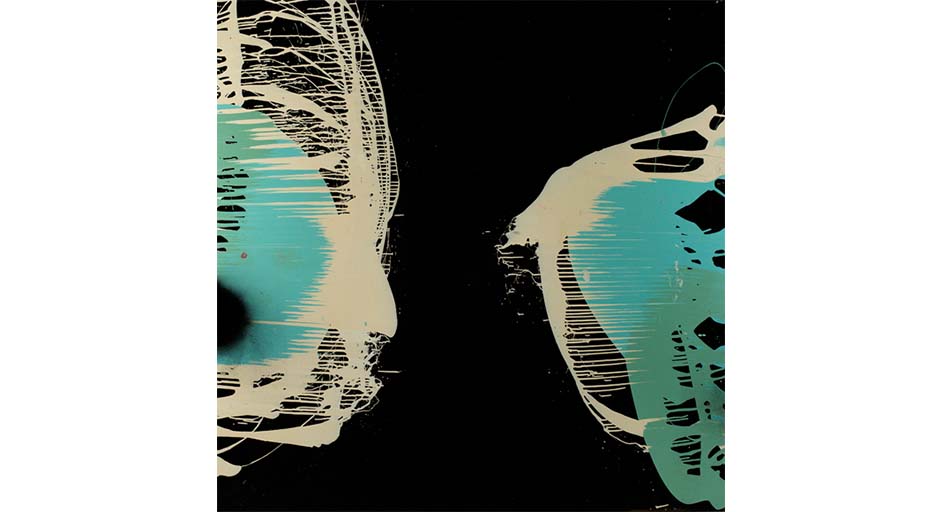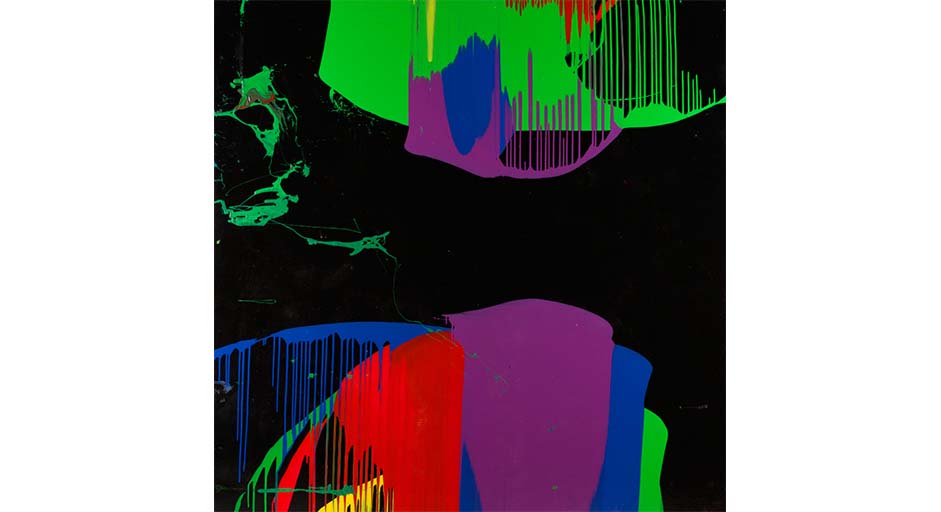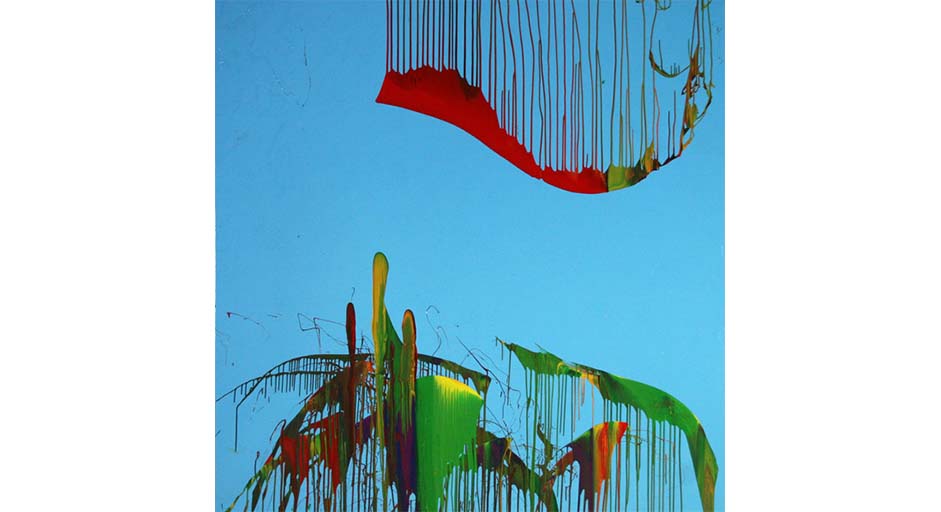Project Description
“in contention to be among the best” Sir Frank Bowling O.B.E. R.A.
“Good art, it always seems to me, has to reflect with uncompromising honesty the personality and character traits of the artist. Marcia Scott is a prime example of an artist who does just that projecting her optimism, warmth and generosity of spirit in her vibrant and life-affirming paintings.” Michael Sandle R.A.
Scott declares herself to be on a journey with paint to celebrate individuality in the face of the machine; “I feel like a modern day explorer. My work is a search for authenticity; to find a road to freedom.” Scott, 2017. Art critic Mel Gooding writing about Scott’s work* compares her paintings to Ernst and Tanguy and talks about a “flow in stillness” (see below)
In Scott’s paintings the interplay of colour, form and line combine to create a dynamic tension, exploring both the complexity and simplicity of the world around us. Scott’s fascination with the circle geometry and the Fibonacci series led her to develop the motif of two semicircles facing one another within a square, a motif representative for her of relationships and the space in between. This motif has become the genesis of a lot of her work.
“The dominant dynamic of Marcia Scott’s recent paintings is flow. Flow is what creates the shapes; and its cessation, its edges, its boundaries and its dissipations are what determine the interrelations between those shapes and the static colour fields within which they swirl, puddle, convolute and configure. These are not relations of figure and ground: an oil slick has no figure; the sea provides no ground. Household paint that flows down a virgin wall leaves us with nothing but the image of its own dynamic: it creates no image that Leonardo might magic into a fantastic battle scene or a forest or mountain range. Indeed one of the most remarkable things about Scott’s paintings is their resistance to any such figural or narrative reading: we have enough to wonder at in the play of flowing, merging, marbling colour shapes and in the sharp definitions, edge and limit, of arrested flux.
The imagination must find play enough in the actual, as when we contemplate tidal seawater spread and soak, divide into channels and endlessly re-connect over estuarine mudflats, or we consider the static writhing of the intertwining complexities of mango roots, or watch the changing shapes of towering clouds, water vapour so definite, so indefinite, so sharp edged where there exists no edge, against a perfect blue sky. Looking into a Scott painting I do not ask: what does this look like? I am delighted and surprised by the fact that it looks like itself. There is no metaphor in these paintings: they are what they are; they present directly, not represent indirectly.
If a dense flow is dominant, it is not the only dynamic in play in these grand paintings. In them, paint obeys its own impulses, performs according to its natural propensities: it runs in downward linear verticals (often turned on their sides, the vertical trickle turned in 45 degrees to horizontal, or 90 to flow upwards or descend like wires); it meanders, mixes, merges and swirls, it interlaces and loops; it is splotched and spattered. Always its deployment (Scott has become quickly a virtuoso in its handling) is determined by its intrinsic nature: these works belong in the line of process and matter painting. In such work its making is manifest and visible; its subject is, in part, the nature of the medium itself, its plasticity, its magical analogical properties, its objective beauty and ugliness. It surprises the eye; its correspondences bring delight to the mind.
Scale is crucial: the support is the area (or arena) of play, and the paint must have enough space to operate, to create its forms and its multifarious and dizzying effects, visual and optical, whose organic edges are set in contrast to the geometric boundaries of canvas (or tarpaulin, or whatever). Close up, certain of these canvases, immersive and continuous, flood the field of vision; move away and they offer thrilling liquid topographies to the sight, the paradoxical pleasures of complex colour and fluid forms in the process of becoming, of movement-in-stasis, flow in stillness.
In Scott’s painting there is no ground, abstract-imaginary or depicted, to stand on. There is no focal point. They induce in the viewer a sensation of vertiginousness. The eye must enter a universe whose elements are air, light, colour, in which forms are conjured from insubstantial, viscous liquid. (This reminds me at times of the impalpable, melting landscapes of Ernst, Dali and Tanguy, the vague stuff of surrealist dreams.) And yet: these visions are compounded of a substance that has a robust and rudimentary tactility, that is by its very nature, opaque. House paint stops the eye with its hard shiny surface. Paradoxically, out of the opacity of this surface colour is conjured the sensation of the translucency of what has been called film colour, that colour which has no substance, through which we look as at the vivid blue or grey or sunset-purple aerial infinity of the sky, or which gives the sea its mutable greenness or blueness or greyness, or a petrol slick its rainbow. The eye’s imagination has excitements here.” Mel Gooding 2017



